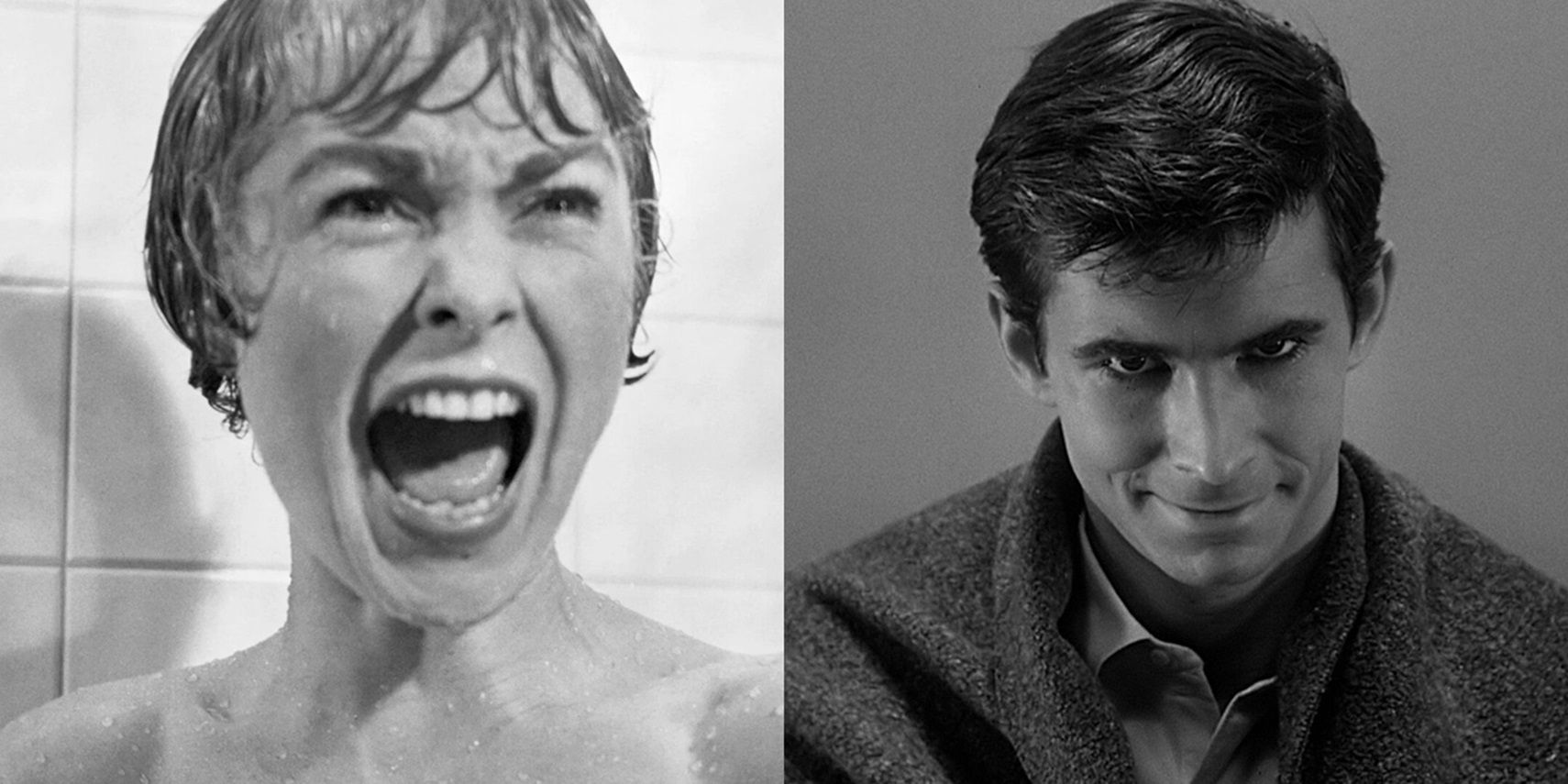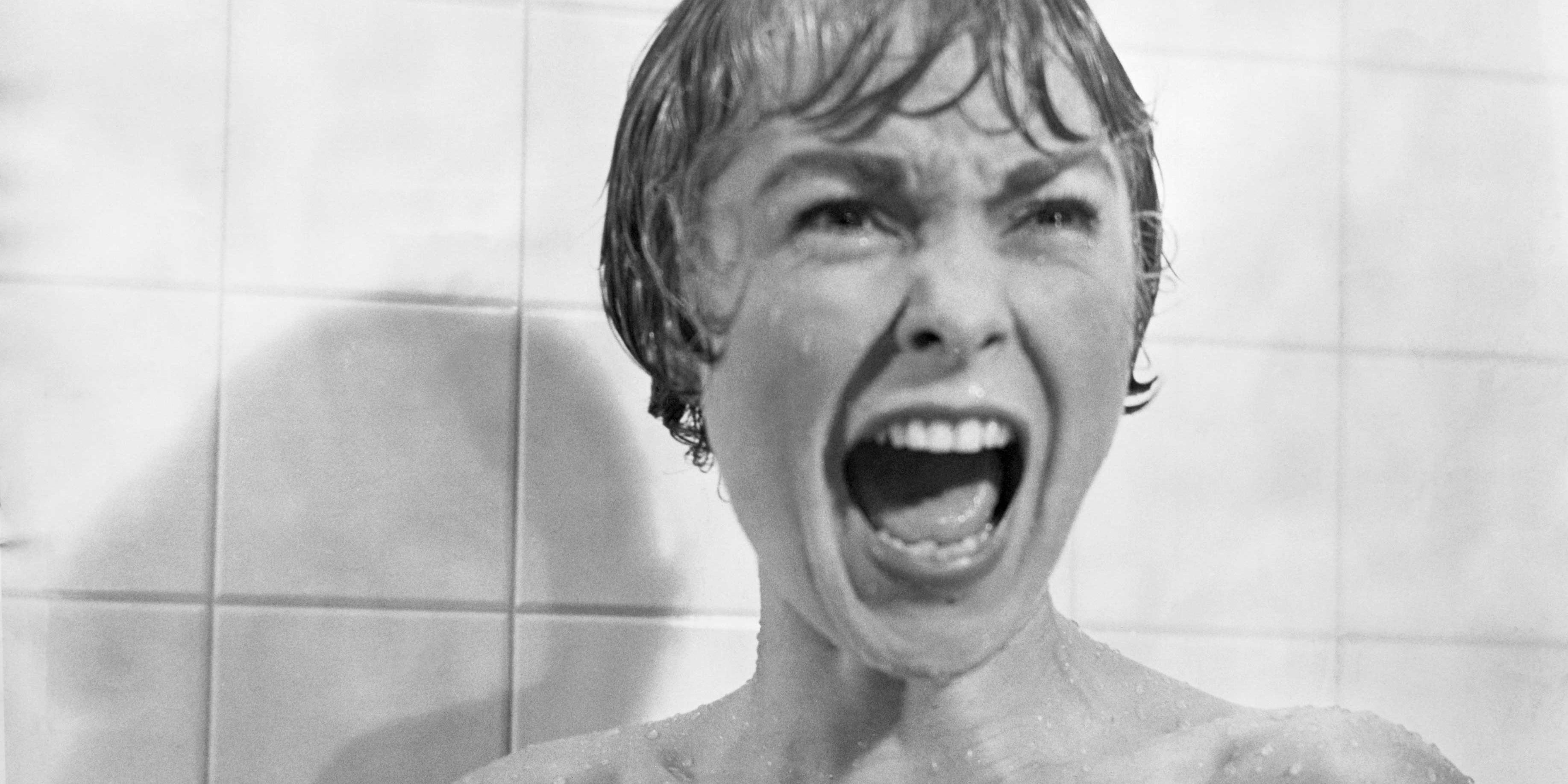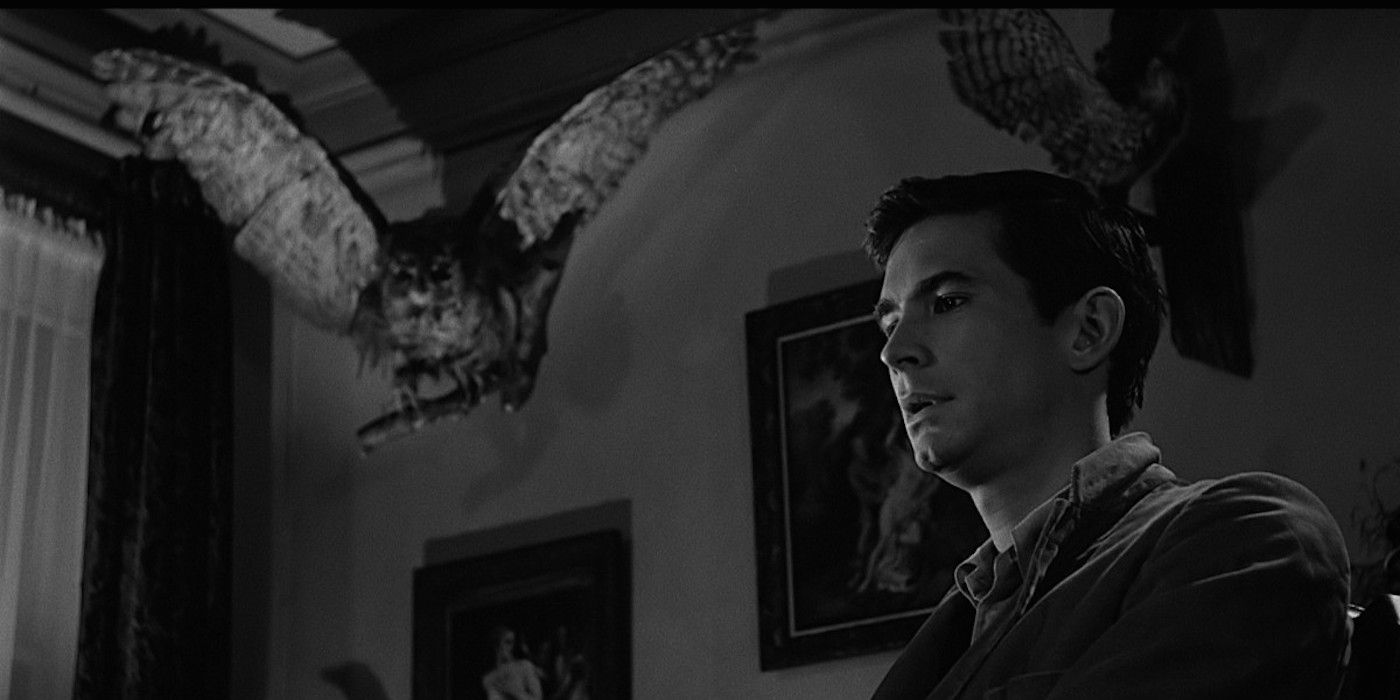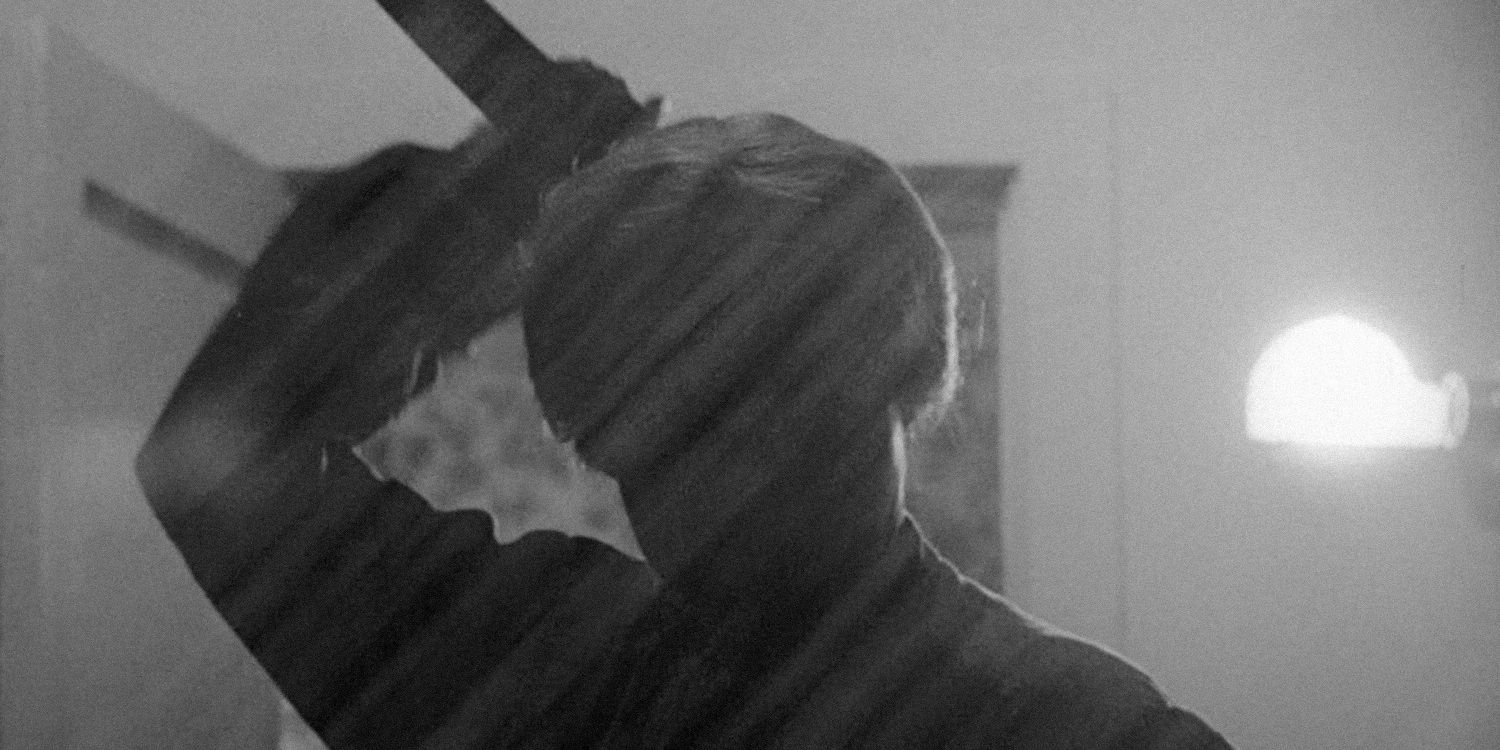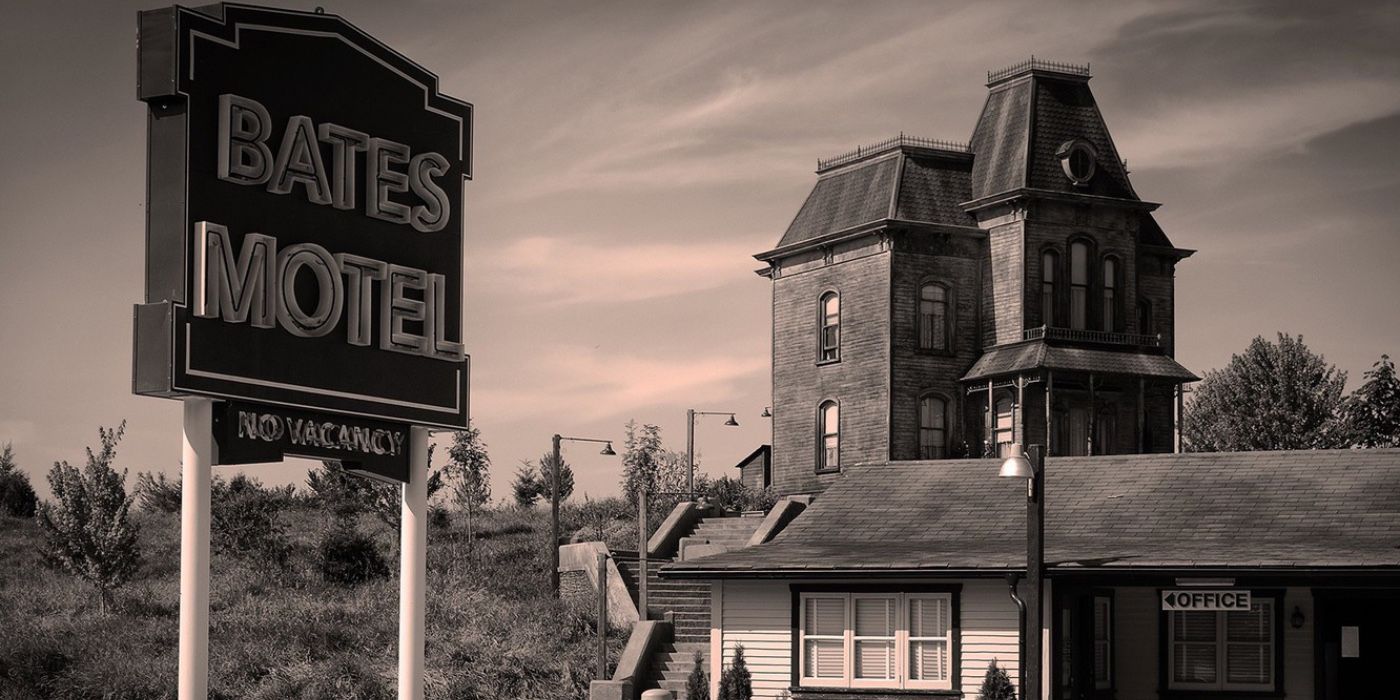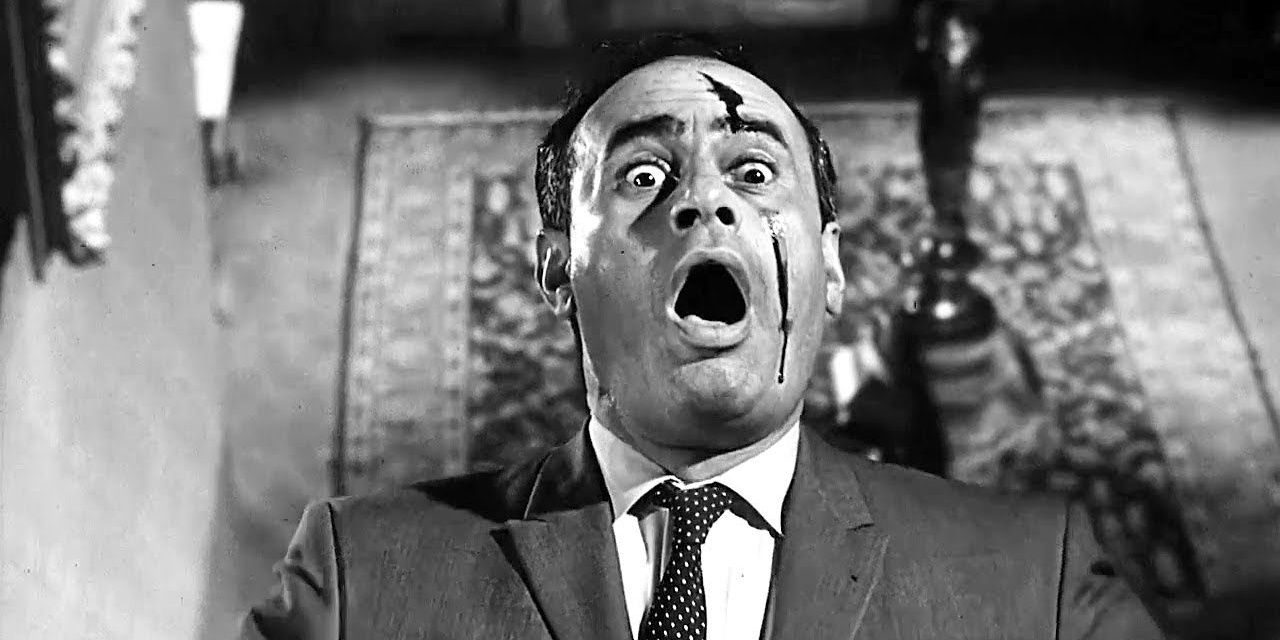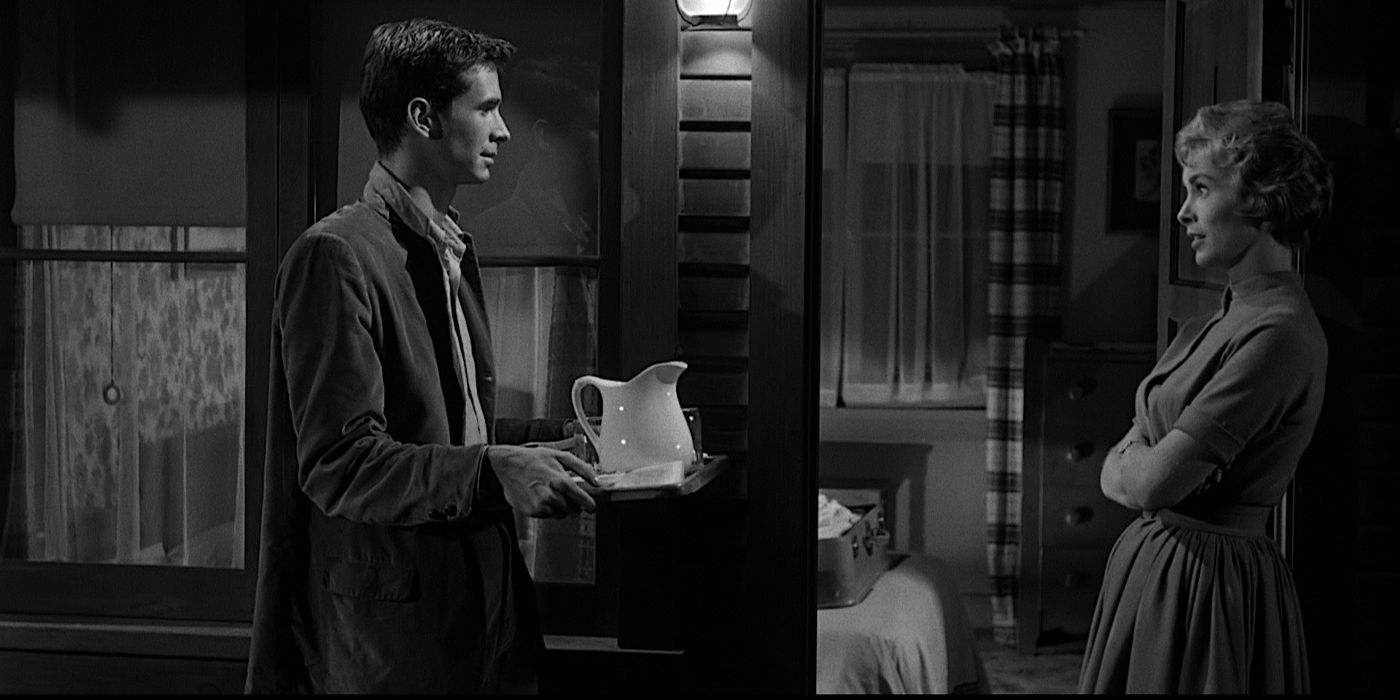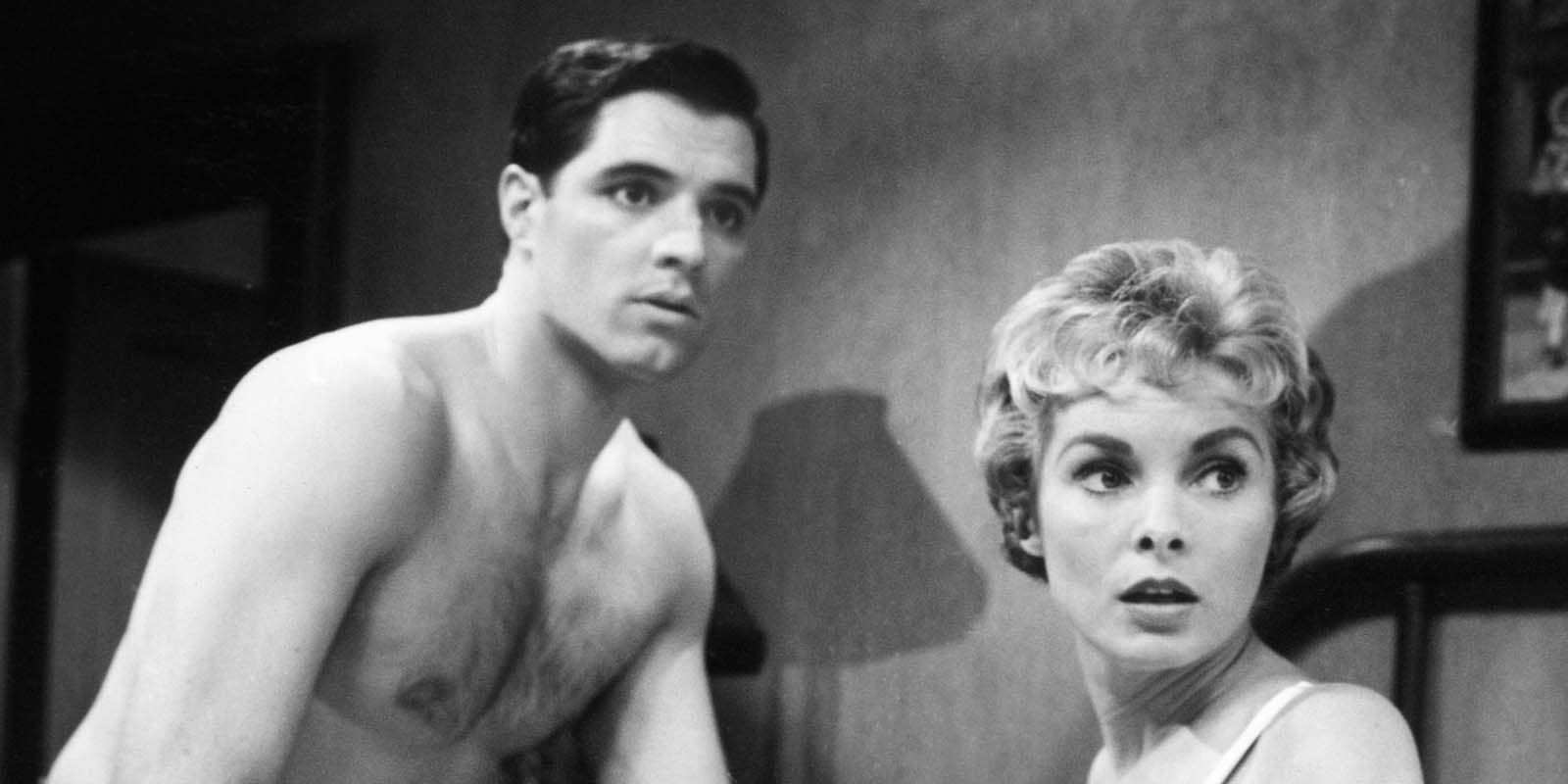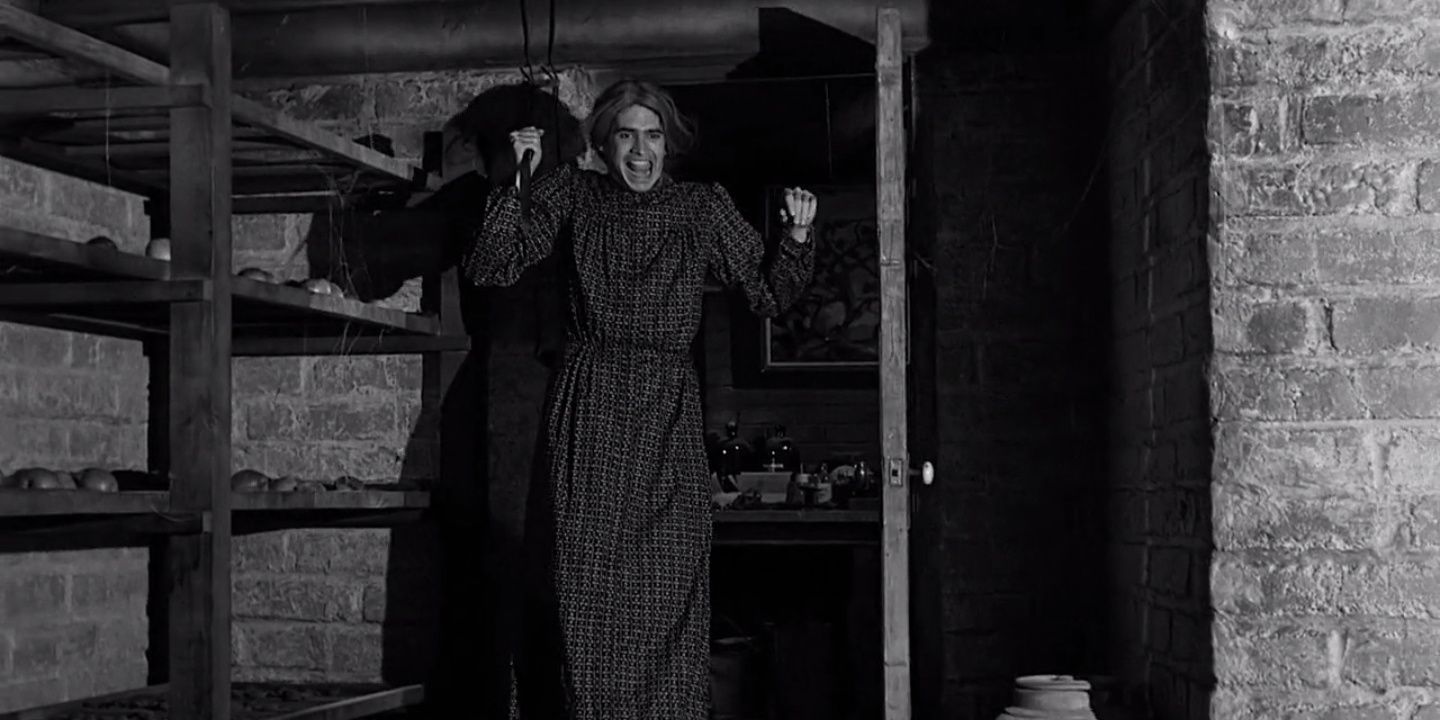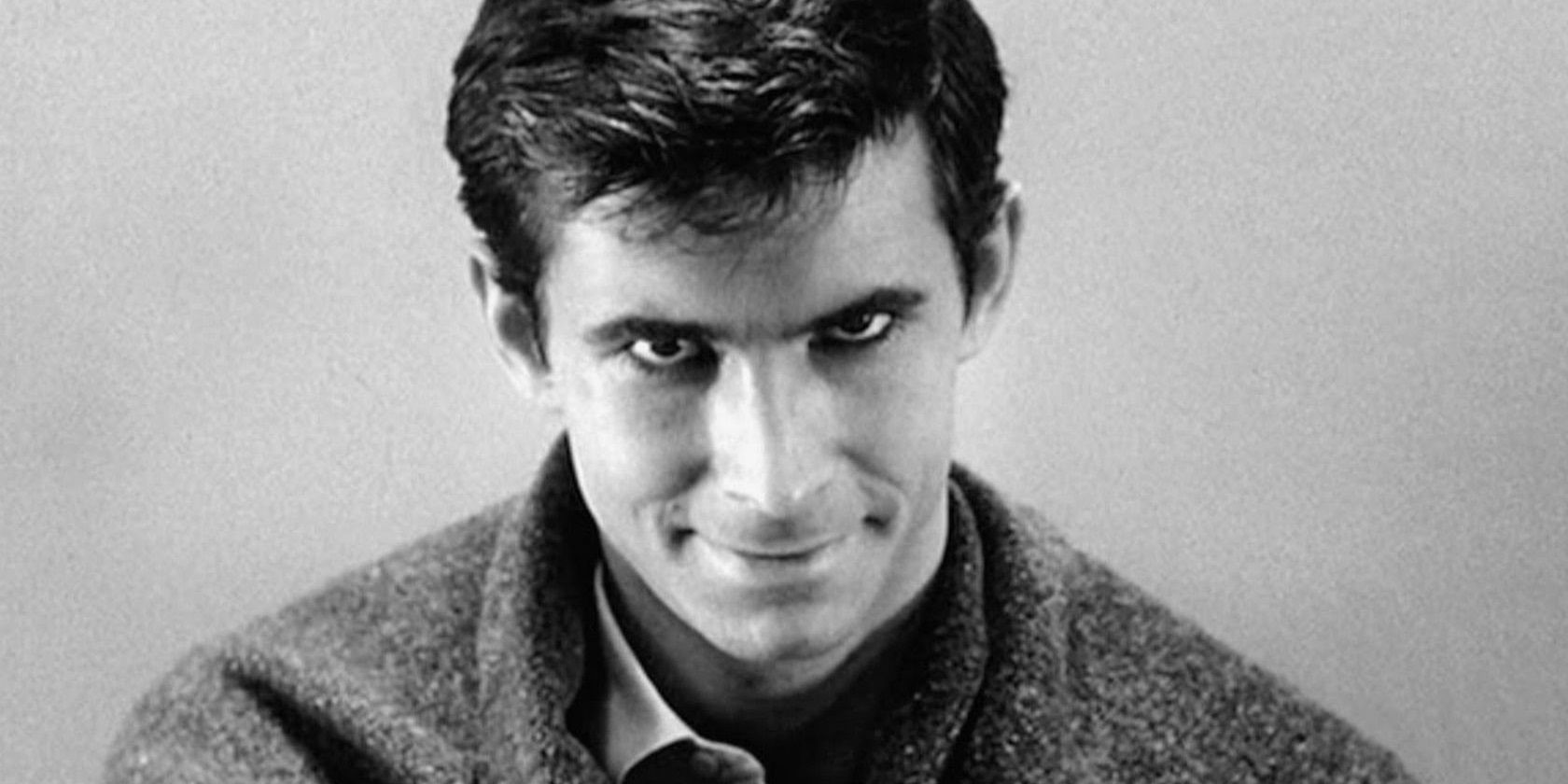There are few movies as iconic as Alfred Hitchcock’s Psycho. From its unforgettable midpoint murder scene to the unbearable creepiness of Norman Bates, the 1960 horror classic set a new benchmark for both genre thrills and cinema itself. And unlike a lot of movies of its era, Psycho still holds up today.
Although it’s been heavily parodied over the years, not to mention remade, Psycho is still just as terrifying today as it was six decades ago when it hit theaters. These are the elements that make it a timeless gem.
The Iconic Shower Scene
Easily the most iconic moment in Psycho is the shower murder scene. Janet Leigh, one of the biggest movie stars in the world at the time, is established as the lead character, then she’s brutally stabbed to death at the midpoint. Despite the fact that this scene has been heavily parodied, it’s still terrifying, and it may be the most memorable horror movie moment of all time.
The specific scene is familiar to just about everybody, even those who haven't watched the movie, but it still hits differently in the context of the rest of the movie after the build-up of the first half.
Anthony Perkins’ Unsettling Portrayal Of Norman Bates
While a movie’s special effects and social outlook can become outdated in a couple of years, its best performances will age like a fine wine.
Hitchcock didn’t need CGI to create an unforgettable villain in Psycho, he just needed the perfectly cast but one-hit-wonder, Anthony Perkins. Perkins nails Norman’s boyish naivety in his initial scenes with Marion, then becomes truly unnerving when he reveals the character’s dark secret double life.
The Slasher Structure
While later films like The Texas Chain Saw Massacre, Black Christmas, and Halloween went a long way toward defining the genre as we know it today, Psycho is widely regarded to be the first-ever quintessential slasher movie that helped defined the genre. After Marion is murdered in the shower, the bodies start to pile up.
In the second half, the movie becomes a mystery story that leads Marion’s sister, her lover, and a private investigator right into Norman’s sinister lair.
Hitchcockian Suspense
Alfred Hitchcock is widely regarded to be the greatest suspense director of all time, and he’d already made a bunch of classic suspense thrillers before helming Psycho, including Rope, Rear Window, Vertigo, and North by Northwest.
So, going into his adaptation of Robert Bloch’s 1959 novel, he was pretty well-versed in using a camera to create suspense. As a result, Psycho is a nonstop edge-of-your-seat thrill-ride.
Bernard Herrmann’s Tense Score
Hitchcock originally wanted a jazz-based score for Psycho, but composer Bernard Herrmann went in another direction, recruiting a string orchestra to create what would ultimately become one of the most memorable film scores of all time.
The most iconic piece in the movie, of course, is “The Murder,” whose piercing violin strings have become synonymous with impending doom.
The Psychoanalytical Themes
Beyond the broad psychology of murder, the horror genre wasn’t too interested in psychoanalysis until Psycho came along with its blood-soaked take on the Oedipus complex.
In his book Alfred Hitchcock: 4 Tales of Suspense, Serge Kaganski called Psycho “the first psychoanalytical thriller.” Since the success of Psycho, psychological horror has become one of the most popular subgenres of horror cinema.
Subverting Romantic Tropes
Most of Hitchcock’s movies have a romantic storyline. There are plenty of murderers and blackmailers and kidnappers in the mix, but his films can usually be distilled down to basic love stories.
He subverted this in Psycho. The opening scenes establish Marion and Sam’s love for each other, then Marion is killed off before getting any emotional closure on her relationship.
Janet Leigh’s Endearing Turn As Marion Crane
At the time that Psycho was released, Janet Leigh was one of the biggest movie stars in the world. Killing her off halfway through a movie, leaving the audience with her lesser-known co-stars and no idea what to expect next, was completely unheard of. But going beyond that gimmick, Leigh’s performance itself is brilliant.
In the first half of the movie, despite her crime, she endears the audience to Marion, as she embezzles money from her boss and goes on the run. Leigh’s likable turn lends itself to the shock factor of the shower murder.
The Terror Of The Final Twist
Fortunately, the final twist hasn’t been parodied as heavily as the shower murder, so its shock factor has been mostly preserved for new viewers. The twist is delivered with the double whammy of Lila finding Norma’s mummified corpse and a beaming Norman appearing in the basement doorway wearing her clothes.
While a lot of modern horror movies spell out their twists in long scenes of exposition, Hitchcock used these two unnerving images to let the audience put two and two together themselves.
The Disturbing Final Shots
The unforgettable closeup of Norman sitting in a jail cell, staring blankly into the camera as his voiceover narration in the “Mother” persona pins all the crimes on him, is often erroneously referred to as the final shot of Psycho.
While it’s certainly disturbing, the actual final shot is even eerier, as Norman’s car containing Marion’s corpse is ominously pulled out of the lake where he hid it. This pair of creepy images leaves the audience feeling suitably unsettled after watching.

